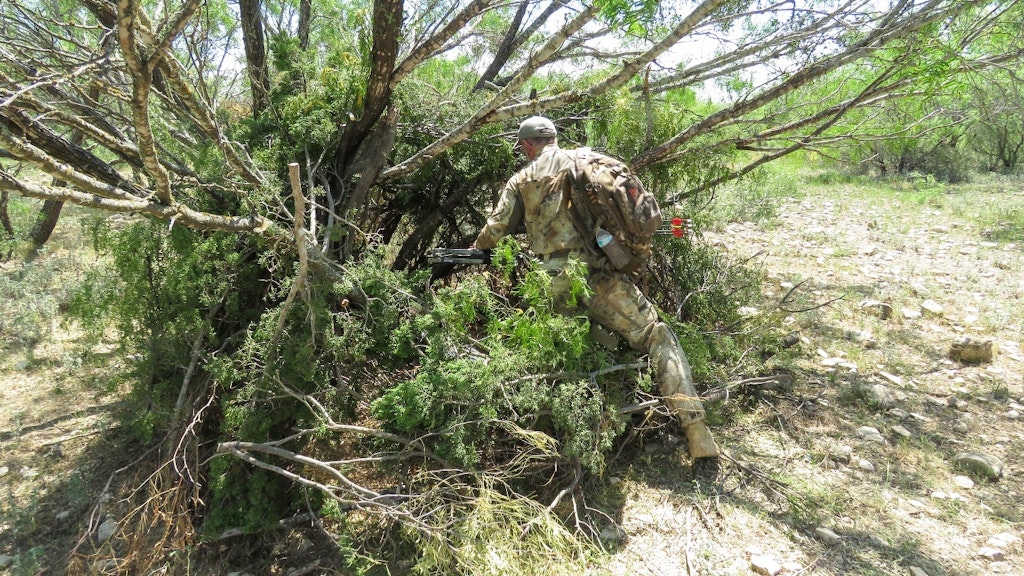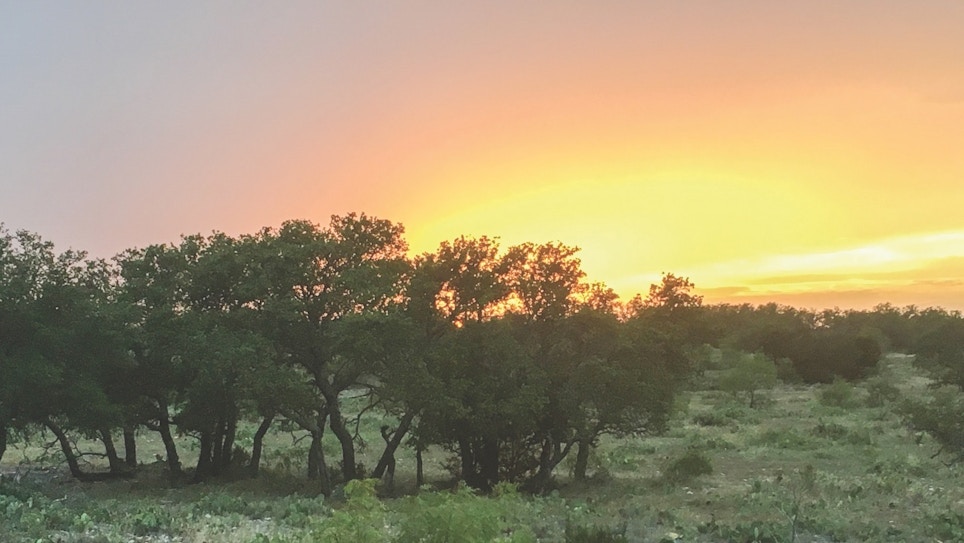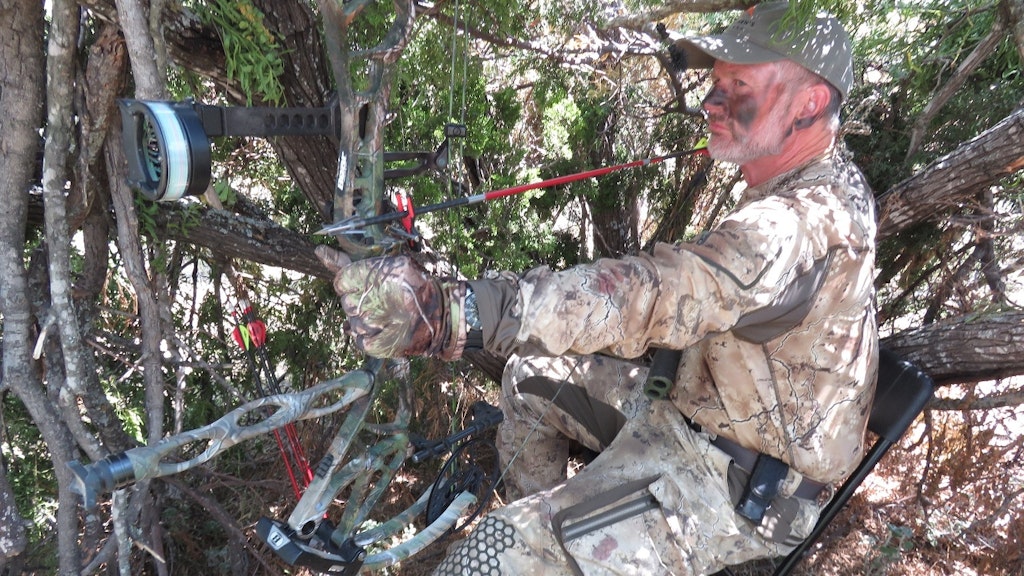Most readers of Bowhunting World are, first and foremost, whitetail hunters. Many hunt property they own or lease, but those without access behind locked gates — like me — either hunt public land, or take an outfitted hunt when we can afford it.
The trouble with outfitted hunts in general, and whitetail hunts in particular, are many. Clients can’t control the stands they sit, or the hunting pressure those stands have seen before they get there. Most bowhunts last only 5 days, give or take, a short timeframe not really conducive to high success rates. And like all things in today’s economy, prices are going up, both for the cost of the hunt — especially during prime rut dates — travel to get there and back, and a nonresident hunting license and deer tag.
Let’s take big buck mecca Kansas as an example. In 2023, to apply for a tag, you must first have purchased a nonrefundable nonresident hunting license for $97.50, then applied for a tag through the draw, with a deadline of April 28 — and these days, drawing without at least one preference point is iffy. If you do draw, the tag costs you another $442.50. If you book a 5-day hunt with a top outfitter — and 5 days is a common hunt duration for these kinds of things — it can set you back somewhere between $1,000 and $2,000 PER DAY, more or less, and depending on the outfitter and location. Excluding travel costs, tips and miscellaneous expenses, that’s still A LOT of dough for hunts with success rates that run below the 50 percent mark.
Let me offer an alternative, one a bit less pricey, with near 100 percent shot opportunity on the best ranches, an extended season, and as a bonus, your success will result in arguably the tastiest wild game meat to ever grace your table. I’m talking about a trip to Texas to hunt Axis axis, the Axis deer.
Axis deer? Whattheheck is that?

Axis Deer in America
Axis deer, or chital (Axis axis), are native to the Indian subcontinent, and were introduced to the Hawaiian Islands in the 1860s. In 1932, axis deer were introduced to Texas, and today can be found in more than 92 counties, with the population estimated at somewhere around 125,000, according to the Exotic Wildlife Association [Mark delete this link in print: https://myewa.org/what-you-may-not-know-about-the-axis-deer/] on both high- and low-fenced ranches.
If you’ve never seen one before, they’re breathtakingly beautiful, sporting a bright reddish coat marked with rows of white spots that persist throughout life. Males grow large but simple antlers, usually with only three points per side. Adult males weigh up to 200 pounds, on average, and large females weigh in at about 130 pounds max, with most weighing somewhere near 100 pounds. Essential habitat components include water, woody vegetation for cover, and open areas for feeding. This deer is primarily a grazer, but its food habits are very general, and it can exist quite easily on forbs and woody browse.
The reproductive activity of the axis occurs year-round, but most breeding occurs in June and July. This means you are likely to experience at least some rutting activity, including hearing bucks roar, 12 months a year.
What does the roar sound like, you ask? Bowhunting World Editor Dave Maas, when explaining the first time he heard it in the predawn darkness in South Texas: “I nearly jumped out of my ground blind chair. It sounded like someone stabbed Bigfoot in the chest. Crazy!”
It is not uncommon to see herds of bucks that feature animals of all ages and antler size, including bucks with both hard antlers and antlers in velvet, as well as herds with both sexes of disparate ages. Single fawns are born the following spring after a 7.5-month gestation period. During the breeding period, males bellow loudly and wander in search of receptive females. Females mature sexually and first breed at 14-17 months of age. Males are probably capable of breeding as yearlings, but must achieve adult size to compete for females.
Axis deer are more active by day than by night, with greatest activity occurring for 2 to 3 hours after dawn and again before dark. The size of the home range varies with habitat and averages 2.5 square miles in the coastal live oak region. Axis deer do not seem to be territorial, but males fight, often with serious consequences, for possession of females.
With few exceptions, in Texas axis deer are not regulated by game laws. While there is some axis deer hunting on public land, the vast majority occurs on private ranches. On private land, axis deer are considered landowners’ property and may be bought, sold or hunted at any time. Therefore, they are important in sport hunting and offer hunting opportunities at times when native species are not available. Ranchers stock them for this purpose, and this practice explains their wide distribution in the state. Hunting occurs on both low-fence and high-fence properties.
A big bonus — the meat is lean, mild and devoid of any type of “sagebrush” taste. In fact, axis deer meat contains less than 1 percent fat, is a beautiful deep red color, and is without question the tastiest game meat I have ever eaten. You can buy it in select meat stores, and on the open market ground Axis meat can sell for upwards of $20/pound.
Bowhunting Axis Deer
To date I’ve hunted Texas axis deer a half-dozen times, twice with rifles and four times with archery gear — once with a crossbow — and filled my tag on each hunt. And while there is seemingly no end to outfitted axis deer hunt options, it’s important to choose an outfit that caters to, and understands the needs, of bowhunters.
“Our axis deer hunts are 3 full days of hunting and include all meals, lodging, guide service and game handling,” said Mike Stroff, owner of SOE Hunts (www.soehunts.net), with whom I’ve successfully bowhunted several times. “Each hunter can take one buck and any hogs they see on the hunt. Our current hunt price is $4,250 per hunter. We can hunt them year round, but the best months are May and June, right after turkey season and before it gets too hot.”
One thing I like about axis deer hunting is the time factor. Most outfitted private ranch axis deer hunts generally last only 3 days, which eats up less than a week of your time when you factor in a day of travel to Texas on each end. And then there are the success rates. The reason axis hunts are usually only 3 days is that it’s the rare axis deer hunter who does not get a close-range shot at a mature buck during this time. In fact, on many — though certainly not all — ranches you are allowed to take one axis buck and as many wild hogs as you can shoot.
On all but one of my axis hunts — and the outlier was set up by someone else with a somewhat shady outfitter, as it turned out — in my camps virtually everyone has gotten a high-quality shot within 3 days, and several hogs were taken as well. Compare that to hunting Midwestern whitetails, where the best guided bowhunts often have a one-in-three shot opportunity rate — or less — at a mature buck, and no other animals can be harvested.
And how about the license cost? The only hunting license a nonresident needs in Texas to hunt axis deer is the nonresident special 5-day hunting, type 157, sold over-the-counter for $48, with no additional tag required.
A quick online search of “axis deer hunting in Texas” will turn up dozens of guides and outfitters to check out. A great place to begin looking for a hunt can be found at www.tpwd.texas.gov/huntwild/hunt/.

Gearing Up
One thing I’ve learned about axis bucks is they are tough and possess a strong will to live. That means precise arrow placement is uber critical. They also have sharp eyes and an incredible sense of smell.
I’ve found that the same archery equipment I use to hunt deer-sized game the world over is quite adequate for axis deer. That means a compound bow with a minimum draw weight of about 50 pounds, and either carbon or aluminum shafts. All broadhead styles, including mechanical, replaceable-blade, and fixed-blade designs, work well, as long as the blades are razor sharp. Bowsights should have fiber-optic pins easily seen in dim light, and you should be prepared to shoot anywhere from point blank to 50 yards or so. A laser rangefinder is a must-have item.
If bowhunting with your chosen outfitter includes sitting in a blind of some kind — and it usually does, as most axis hunting is done from a blind set over either water or a preferred food source — bring along dark long-sleeved tops and hats and something to darken your face and hands. Also, be aware that axis deer are extremely skittish, so if you’re going to be sitting in a blind make sure you are able to draw your bow smoothly and easily while sitting in a chair.
Spot and stalkers are well-served with camouflage that mimics the Texas brush country. You might also ask the outfitter about rattlesnakes and the need for knee-high snake boots. Be prepared to combat ticks, chiggers and other biting insects, as well as cactus. Be forewarned before wanting to spot and stalk, though — axis deer usually always travel in relatively large groups, meaning there are dozens of sharp eyes and sensitive noses looking for danger. It’s hard. Very hard.
Let’s Go!
Axis deer hunting on low-fence Texas ranches is a wonderful adventure. While, like you, I absolutely love bowhunting whitetails, I also love seeing lots of game, a high success rate, hunting in moderate temperatures, and eating the finest wild meat on the planet. That’s why I make this hunt a regular on my schedule.
Photos by Bob Robb







